Cheese Blog
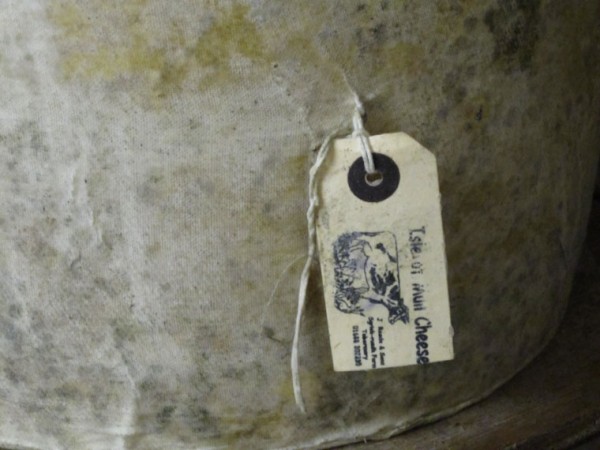
By the time I’d finished quizzing him about his cheese making, Brendan Reade was slightly worried that I was involved in a spot of industrial espionage. Having made a fair bit of curd cheese in my time I have a rudimentary understanding of the cheese making process but having the chance to grill a real cheese maker in his element was an opportunity I relished, and one I didn’t forego. The process of making cheese is, in its essence, quite a simple one and most cheeses follow a similar path from udder to plate, but it’s the slight differences in process and location that create the plethora of different styles of cheese that exist in the world. At Sgriob Ruadh farm Chris and Jeff Reade make two cheeses, a cheddar and a blue cheese, both using unpasteurised milk from their own cows. They used to supply fresh milk to Mull and the surrounding islands but, 11 years ago, when Calmac pulled the plug on the ferry route that was essential to their distribution they switched entirely to cheese making.

Both cheeses are delicious – the fruitiness of the cheddar revealing the skill that has gone into its making and the soft, creamy blue leaving a sweet sharp taste that lingers on the tongue – but it’s not just their cheese-making which is fascinating about the farm but the approach to sustainability they adopt. One of the most significant sides of this is the hydroelectric generators that they have built to provide the farm and the dairy with electricity. The turbines are capable of generating 180kw of power and whatever electricity they don’t use goes back into the national grid. With the natural ebb and flow of the seasons and the different levels of rainfall this brings it means that over the course of the year they are able to remain self sufficient. They have also devised an ingenious and highly efficient system of wood-heated water to warm not only the pool provided for their weekend cottages but also the milk so it is at the correct temperature for cheese production.
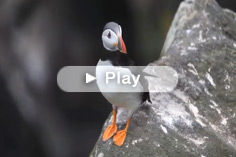


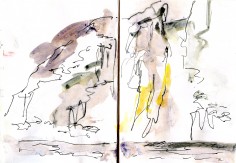
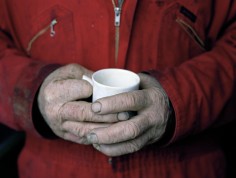
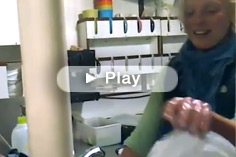


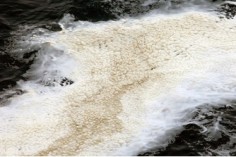
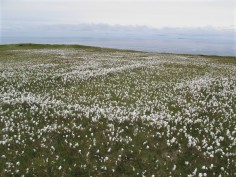

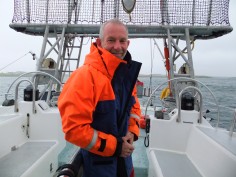








No Comments